What Makes Northern Pike So Aggressive?
The northern pike, a formidable freshwater predator, has earned a fearsome reputation among anglers and aquatic creatures alike. These elongated, torpedo-shaped fish are renowned for their explosive strikes, relentless pursuit of prey, and seemingly insatiable appetite. While many predatory fish display aggressive behaviors, northern pike take this characteristic to remarkable extremes, sometimes attacking lures larger than themselves or even attempting to bite swimmers and waders. This extraordinary aggression isn’t random but stems from a complex interplay of evolutionary adaptations, biological imperatives, and environmental factors that have shaped the northern pike into one of freshwater’s most efficient and intimidating hunters.
The Evolutionary Background of Northern Pike Aggression
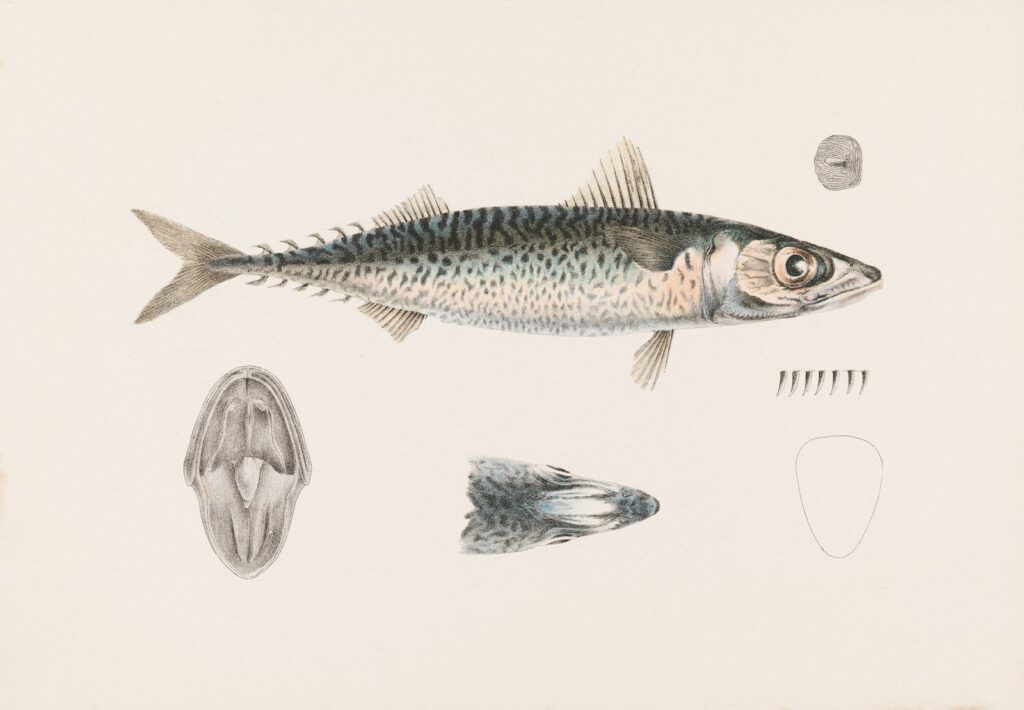
Northern pike (Esox lucius) have evolved over millions of years to become apex predators in their native habitats across the Northern Hemisphere. Their aggression is a direct result of natural selection favoring individuals with the most effective hunting abilities in often harsh northern environments. The pike’s lineage dates back approximately 60-80 million years, making them one of the oldest freshwater predatory species still in existence. During this extensive evolutionary period, pike developed not only their distinctive body shape but also behavioral patterns that maximize hunting success. Their aggression represents an evolutionary advantage that has allowed the species to thrive across diverse waterways from Europe to North America and Asia, adapting to environments where competition for food resources can be intense and unpredictable.
Anatomical Features That Support Aggressive Behavior
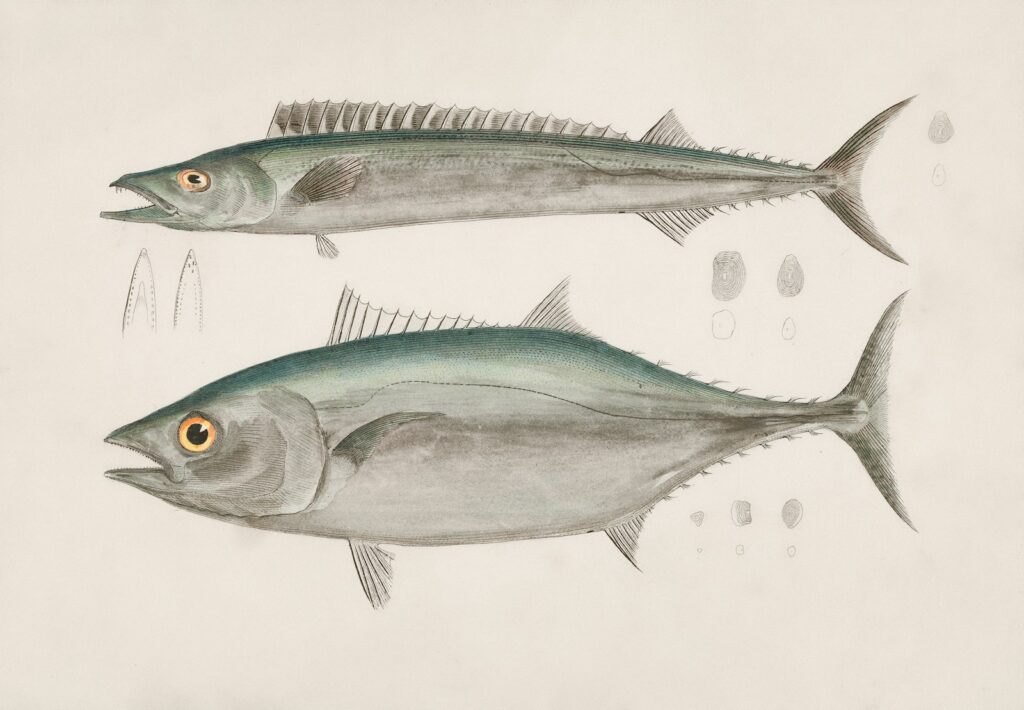
The northern pike’s physical design is perfectly suited for its aggressive hunting style. Their elongated body, flattened snout, and posteriorly positioned dorsal and anal fins create an ideal shape for explosive acceleration from a stationary position. The pike’s mouth contains between 300-700 teeth arranged in backward-facing rows that not only secure prey but make escape virtually impossible. Perhaps most impressive is their sensory equipment – pike possess extremely sensitive lateral lines that detect the slightest water movement and vibrations from potential prey, even in murky water or low light conditions. Their eyes are positioned to provide excellent binocular vision, allowing for precise depth perception when striking. These anatomical features combine to create a predator specifically built for aggressive ambush attacks that can reach speeds of up to 10 miles per hour in short bursts.
The Pike’s Predatory Feeding Strategy
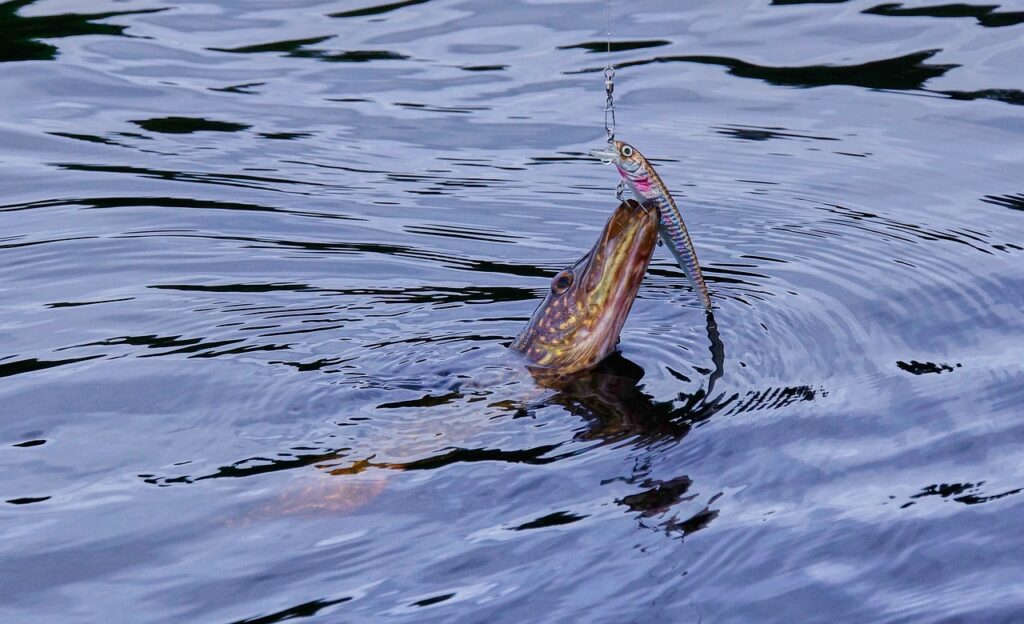
Northern pike employ an ambush predation strategy that requires exceptional aggression to be effective. Unlike pursuit predators that chase prey over distances, pike are primarily “sit-and-wait” hunters that remain motionless among vegetation until prey approaches. When the opportunity arises, they execute a rapid strike characterized by a sudden S-shaped body contortion followed by an explosive forward lunge. This hunting method demands split-second timing and maximum commitment – half-hearted attacks would allow prey to escape, wasting valuable energy. Research has shown that pike strikes can accelerate from zero to maximum velocity in less than a tenth of a second, creating a powerful vacuum effect that helps draw prey into their mouths. The pike’s feeding strategy is inherently aggressive because each strike represents a significant energy investment that must yield results for the pike to thrive.
Territorial Aggression in Northern Pike

Beyond hunting, northern pike display pronounced territorial aggression, particularly during certain seasons. Adult pike establish and vigorously defend preferred hunting grounds, especially areas with optimal ambush opportunities like weed edges, submerged structures, or drop-offs. These territories can be surprisingly large, with studies documenting home ranges of up to several acres for mature specimens. The territorial nature of pike explains why they sometimes strike lures or objects that don’t resemble food – these attacks often represent territorial defense rather than feeding behavior. Interestingly, pike territorial aggression follows a hierarchy based on size, with larger individuals claiming and defending the most prime hunting locations. This territorial imperative contributes significantly to their overall aggressive reputation and explains why pike will sometimes strike at objects many times their size, including boat oars, swimmers’ legs, or oversized lures.
Seasonal Variations in Pike Aggression

Northern pike display marked changes in aggression levels throughout the year, corresponding to both biological imperatives and environmental conditions. Spring typically brings heightened aggression as pike prepare for and engage in spawning activities, with males becoming particularly territorial during this period. Summer often sees aggression focused primarily on feeding, as pike capitalize on abundant prey to build energy reserves. Fall triggers another aggressive feeding period as pike prepare for winter scarcity, often resulting in some of the most violent strikes witnessed by anglers. Winter generally shows reduced aggression as metabolic rates slow in colder waters, though pike remain active predators year-round. These seasonal patterns of aggression are not uniform across all pike populations but vary based on geographical location, water temperature fluctuations, and local prey availability patterns.
Size-Related Aggression Differences
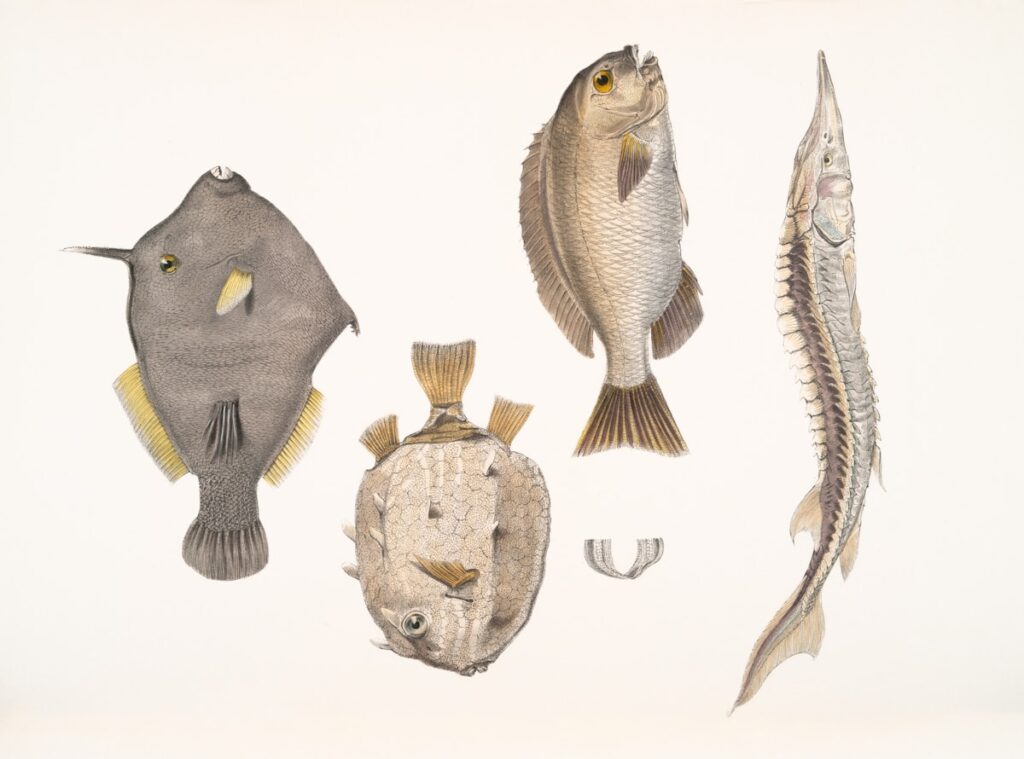
Pike aggression varies considerably across different size classes, with distinct behavioral patterns emerging as these fish grow. Juvenile pike (under 12 inches) exhibit almost constant aggression, attacking prey relatively close to their own size as they compete intensely with siblings and other small predators. Mid-sized pike (12-24 inches) typically display the most conspicuous aggression, striking frequently and pursuing prey with remarkable persistence. Trophy-sized specimens (over 30 inches) often become more selective in their aggression, conserving energy with fewer but more calculated attacks on larger prey items. Fisheries biologists have documented that the largest pike may switch to a more energy-efficient hunting strategy, becoming somewhat less overtly aggressive but more successful in their selective attacks. This size-related variation explains why anglers targeting different size classes of pike often need to adjust their techniques and expectations regarding the fish’s aggressive responses.
The Role of Water Temperature in Pike Aggression
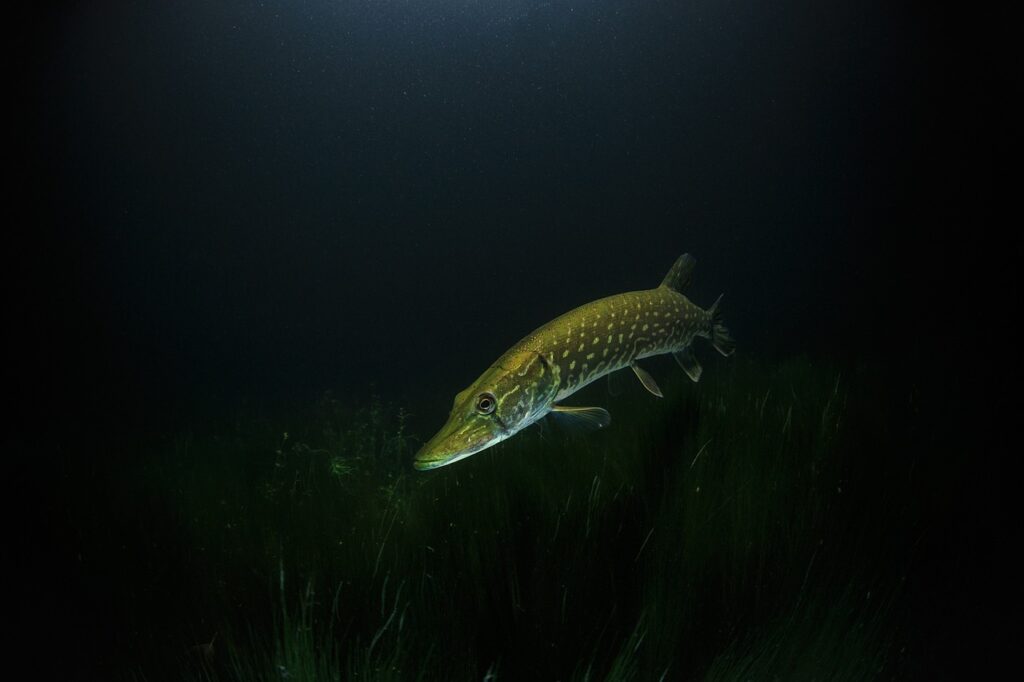
Water temperature significantly influences northern pike aggression levels through its direct effect on their metabolism and energy requirements. Pike are temperate species with an optimal temperature range between 63-75°F (17-24°C), where their metabolism functions most efficiently. Within this range, pike typically display their most aggressive feeding behavior as their digestive systems can process prey rapidly and their muscles perform at peak capacity for explosive strikes. As temperatures drop below 50°F (10°C), pike aggression doesn’t disappear but becomes more measured, with fewer but often more deliberate attacks. Conversely, when water temperatures exceed 80°F (27°C), pike aggression may initially spike as they seek to fulfill higher metabolic demands, but prolonged heat can lead to stress and reduced aggressive behavior. These temperature-dependent variations in aggression make pike behavior somewhat predictable across seasons, allowing experienced anglers to anticipate when pike will be most or least aggressive.
Impact of Prey Availability on Aggression
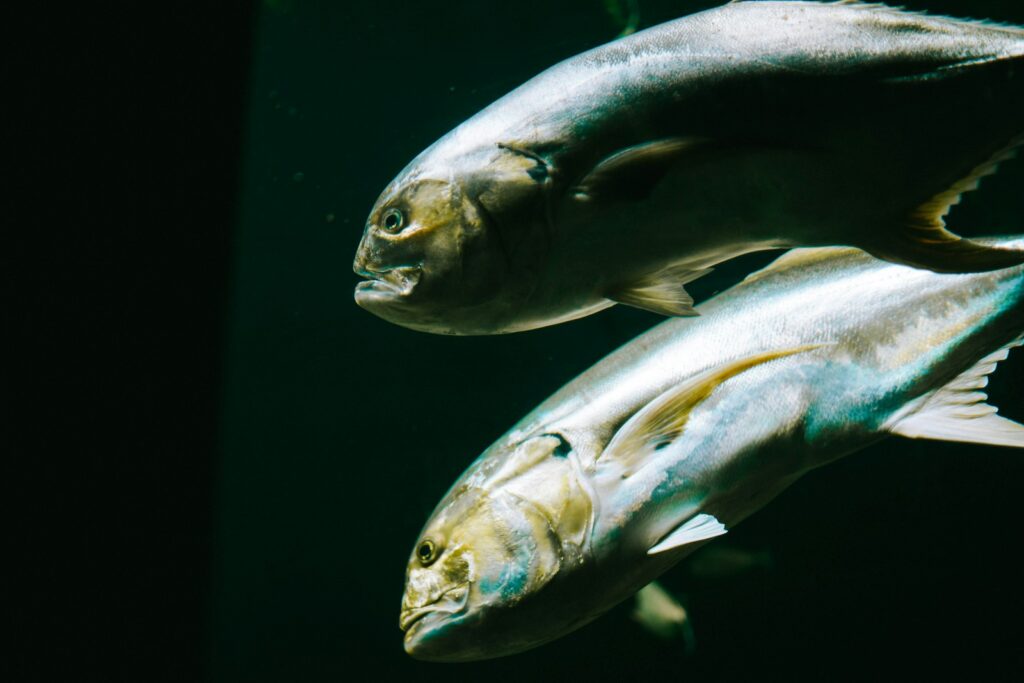
The abundance and type of available prey dramatically affects northern pike aggression levels. In environments with sparse prey populations, pike often display heightened aggression, striking more frequently and at a wider variety of potential food sources due to increased competition and hunger. Conversely, in prey-rich environments, pike may become more selective, focusing their aggression on preferred prey species that offer the optimal balance of nutritional value and capture effort. Research has shown that pike demonstrate prey preference hierarchies, with soft-rayed fish like yellow perch, suckers, and minnows typically eliciting more aggressive responses than spiny-rayed species. The size ratio between pike and available prey also influences aggression, with most pike preferring to attack prey approximately 25-30% of their own body length – though they’re capable of taking much larger prey when necessary. These dynamics create complex relationships between local ecosystems and pike aggression patterns.
Cannibalistic Tendencies and Intraspecies Aggression
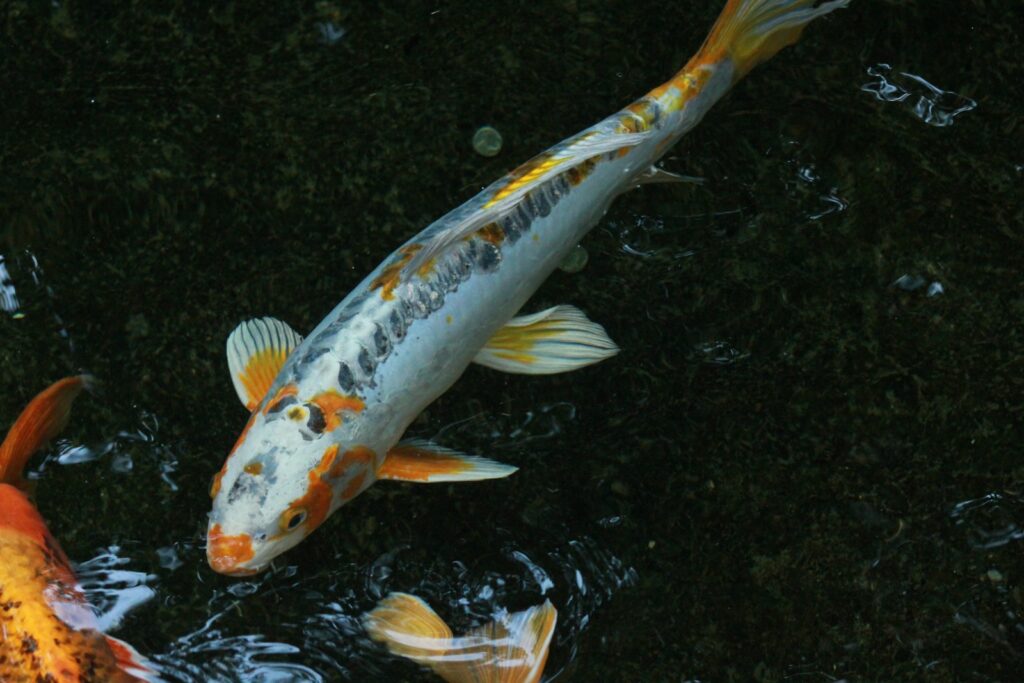
One of the most extreme manifestations of northern pike aggression is their pronounced cannibalistic behavior. Pike readily prey upon smaller members of their own species, with studies suggesting that cannibalism may account for 10-20% of their diet in some populations. This intraspecies predation begins remarkably early, with pike fry sometimes attacking siblings when just a few weeks old and barely an inch long. Cannibalism serves several evolutionary functions, including population control in environments with limited resources and the elimination of potential future competitors. Adult pike show no recognition of kinship when encountering smaller pike, treating them as they would any other suitably sized prey. This cannibalistic tendency represents perhaps the ultimate expression of the northern pike’s aggressive nature – a predator so driven by predatory instinct that it readily consumes its own kind.
Genetic Factors Influencing Pike Aggression
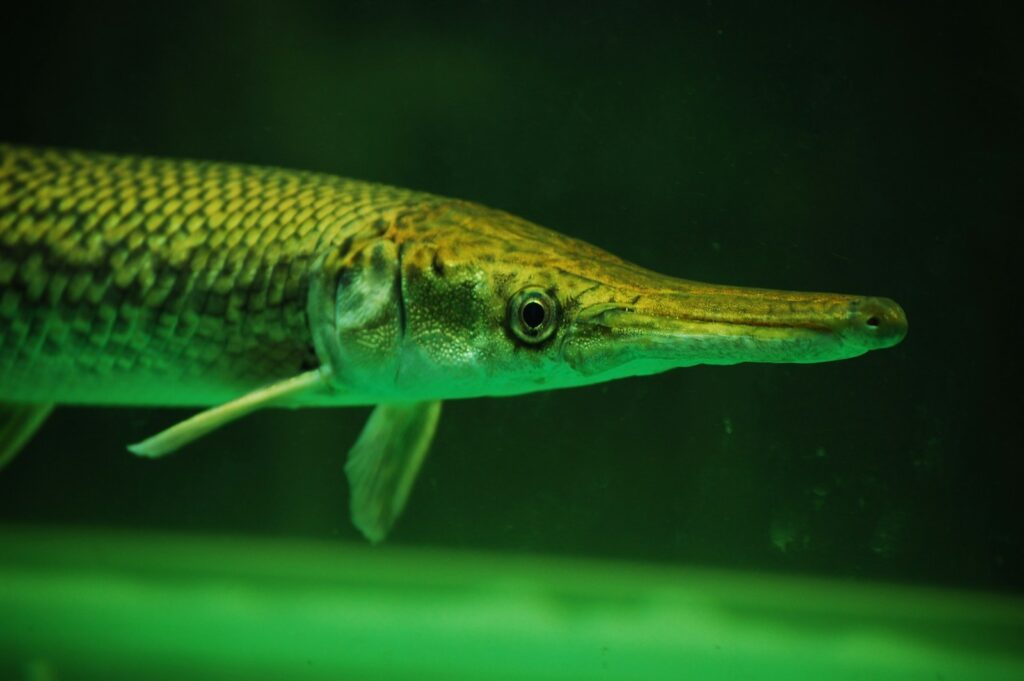
Emerging research suggests that genetic factors play a significant role in determining individual variation in northern pike aggression. Studies comparing pike populations across different watersheds have identified distinct behavioral traits that persist even when pike are raised in identical conditions, indicating a hereditary component to aggression levels. Certain genetic lineages appear to produce consistently more aggressive individuals, which may represent adaptations to specific environmental pressures in their native habitats. These genetic differences can influence various aspects of aggressive behavior, including strike frequency, prey pursuit persistence, and willingness to attack larger prey. Some fisheries researchers now believe that selective harvest of the most aggressive pike (which are often more likely to be caught by anglers) may be inadvertently creating evolutionary pressure toward less aggressive populations in heavily fished waters. This genetic dimension adds another layer of complexity to understanding the remarkable aggression that defines the northern pike’s reputation.
Pike Aggression Compared to Other Predatory Fish

When compared to other freshwater predators, northern pike stand out for both the intensity and versatility of their aggressive behaviors. While species like largemouth bass and walleye also ambush prey, they typically display more selective aggression limited to specific feeding periods. Muskellunge, the pike’s larger cousin, often exhibits more calculated, deliberate aggression with fewer but more powerful strikes. Catfish species, despite their predatory nature, generally employ more methodical, scent-oriented hunting strategies with less explosive aggression. What distinguishes pike is their willingness to strike at almost anything that moves within their territory, regardless of whether it perfectly resembles their natural prey. Fisheries biologists have documented that pike display aggressive responses to novel stimuli more readily than most other predatory species, making them more likely to attack unusual lures, unfamiliar objects, or even non-food items. This heightened reactivity to potential prey opportunities places northern pike at the extreme end of the aggression spectrum among freshwater predators.
How Habitat Influences Pike Aggression

The specific habitat characteristics of a waterway can significantly amplify or diminish northern pike aggression. Pike typically display their most aggressive behavior in environments that provide a balance of ambush cover and clear striking lanes, such as weed edges, submerged timber, or the margins of lily pad fields. Waters with high turbidity or excessive vegetation may reduce visible aggression as pike must rely more heavily on their lateral line sense and make shorter, more precise attacks. Habitat competition also plays a crucial role, with pike showing increased aggression in environments where optimal hunting locations are limited. Interestingly, pike in smaller water bodies often display more territorial aggression than those in expansive systems, as the confined space intensifies competition for prime hunting spots. These habitat-dependent variations explain why pike from certain lakes or river systems may have reputations for being particularly aggressive, while populations from other waters might seem comparatively docile.
The Future of Pike Aggression in Changing Environments
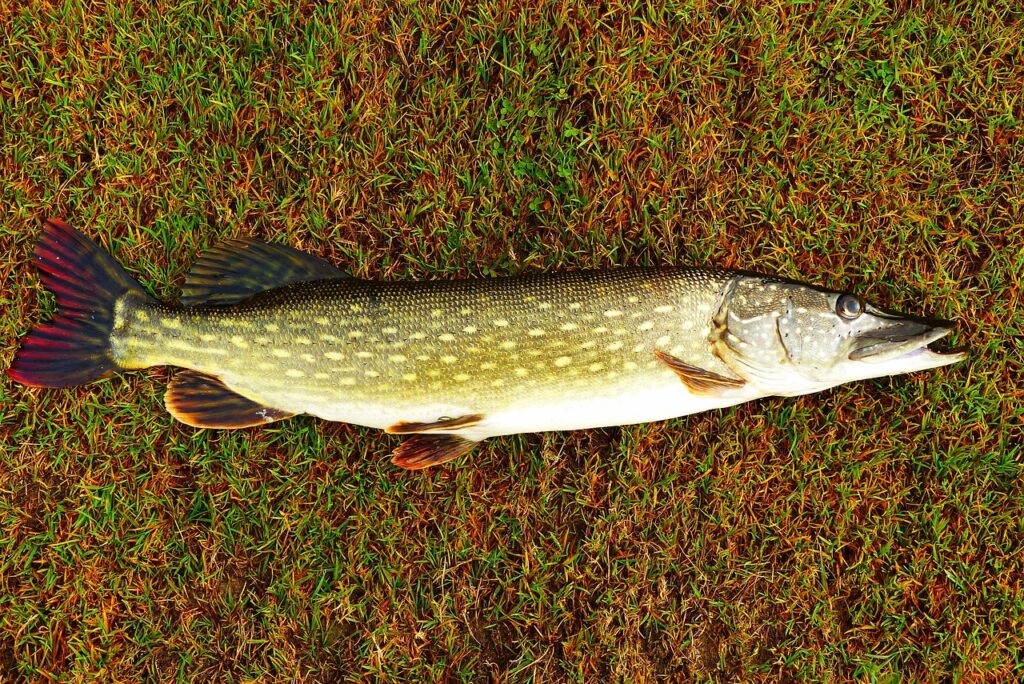
As aquatic ecosystems face unprecedented changes from climate shifts, habitat alteration, and invasive species, northern pike aggression patterns are likely to evolve in response. Warming water temperatures may extend peak aggression periods in northern waters but potentially create stressful conditions in southern portions of their range. Changes in prey communities, particularly the introduction of invasive species like round gobies or rusty crayfish, are already forcing pike to adapt their aggressive behaviors to target these new food sources. Habitat degradation through shoreline development and aquatic plant management may reduce optimal ambush locations, potentially intensifying competition and aggression for remaining prime territories. Conversely, conservation efforts focused on habitat restoration and sustainable harvest regulations may help maintain healthy pike populations with their characteristic aggressive behaviors intact. Understanding these dynamics will be crucial for predicting how one of freshwater’s most iconic predators will continue to express its legendary aggression in tomorrow’s changing waterways.
The northern pike’s exceptional aggression represents far more than just an interesting behavioral quirk – it forms the core of this species’ ecological identity and evolutionary success. From their specialized anatomy and hunting strategy to their territorial nature and cannibalistic tendencies, every aspect of the pike’s aggressive behavior serves a specific purpose in maximizing their survival and reproductive success. This aggression, while sometimes appearing random or excessive to human observers, is in fact a finely tuned set of adaptations shaped by millions of years of evolution. For anglers, wildlife enthusiasts, and scientists alike, the northern pike’s remarkable aggression continues to fascinate, challenge, and occasionally intimidate – a perfect reminder of nature’s ability to create the ultimate predatory machine.

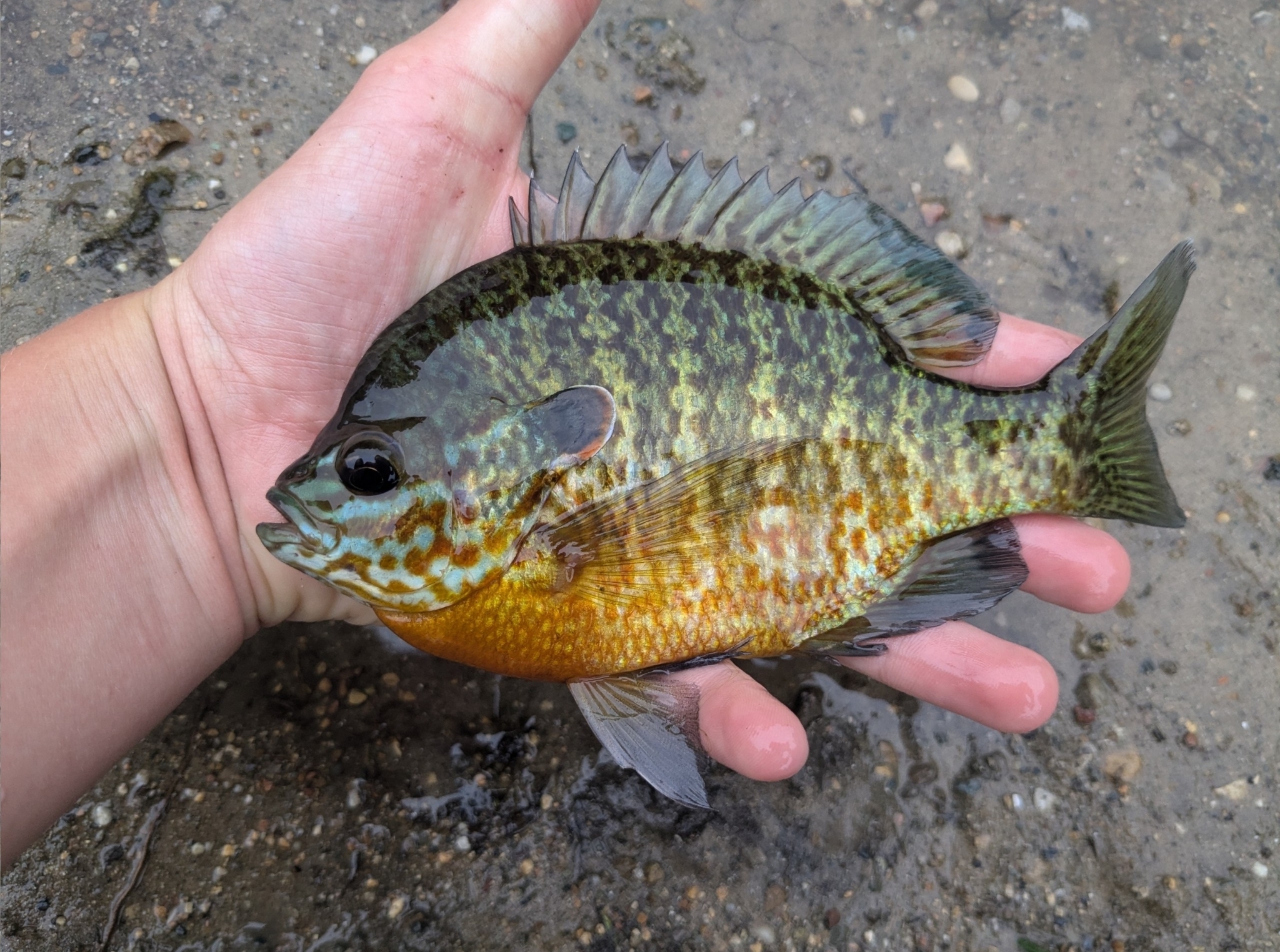












Post Comment